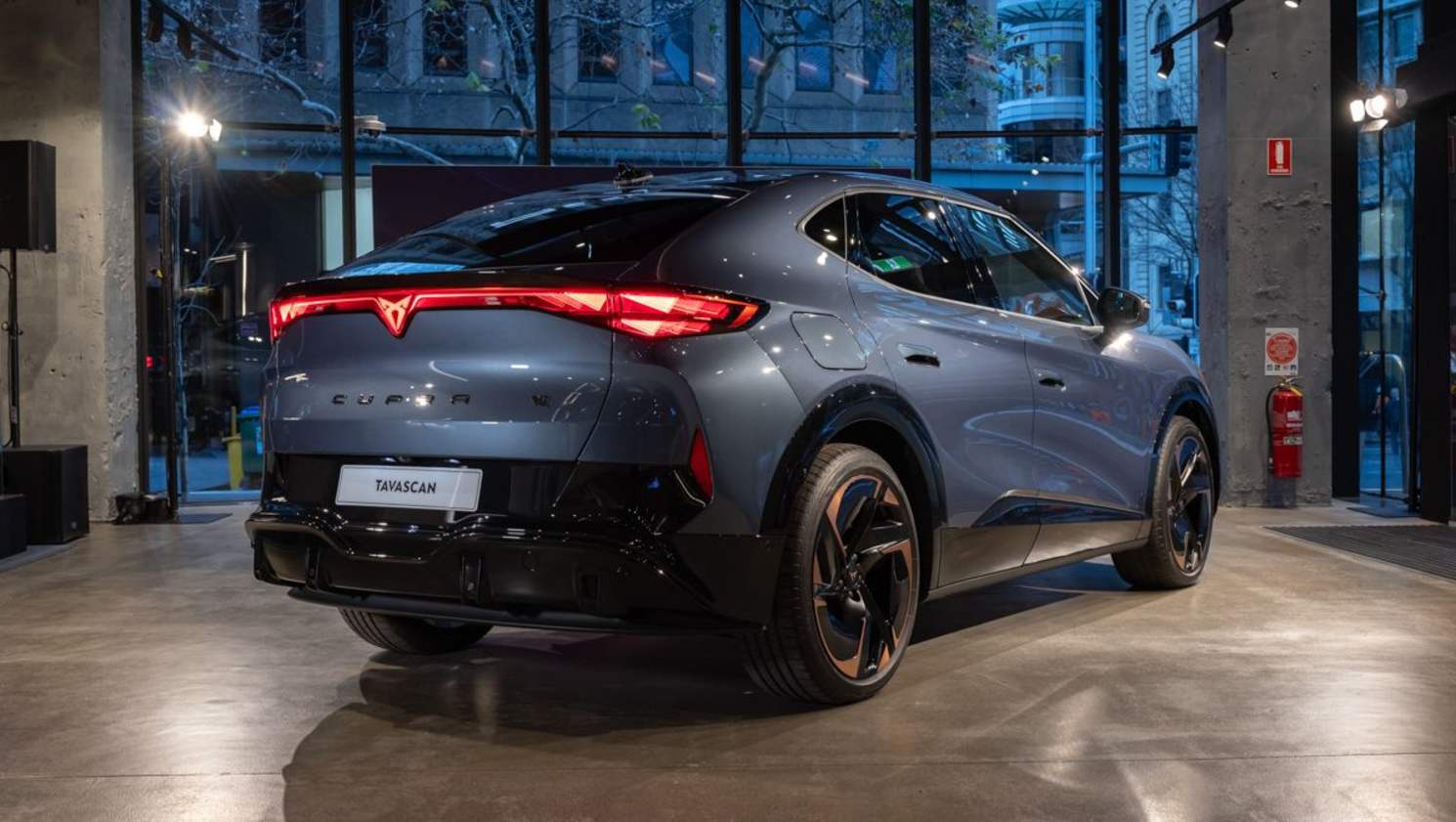Spanish performance brand Cupra is gearing up for a big 18 months.
The carmaker's range will swell to eight next year with a host of new electric and plug-in hybrid models including the just-confirmed Tavascan electric SUV and spicier Born VZ hot hatch.
But is there danger that Volkswagen Group’s niche performance brand will get lost among the noise of new Chinese brands such as Aion, Jaecoo and Zeekr?
Cupra Executive Vice President of Sales and Marketing Sven Schuwirth doesn't think so: “We should keep in mind that we have two key assets that are not that easy to copy."
Bullishly, Mr Schuwirth calls out one of Cupra’s advantages as its European roots, having started out as the performance division of Spanish brand Seat. Cupra – a portmanteau of 'cup racing' became a stand-alone brand in January 2018, launching in Australia in 2022.
“The second one is design and in this very consistent, homogenous electric world that is a big thing,” he says.
The driving experience is also crucial for a sporting brand, more so than for tech-oriented carmakers such as Tesla or BYD. So although the new Tavascan’s 250kW/545Nm peak outputs are a long way from class leading, we are promised Cupra DNA in the steering and ride quality to set it apart.

Finally the dealer network is an important consideration, with more Cupra sales and service locations promised in 2025. Mechanical similarity to existing Volkswagen products will play a part in service simplicity, too.
From a local perspective, Cupra Head of Product and Marketing Jeff Shafer noted “Australia is a competitive market – super competitive – that’s one of the reasons Cupra came here because this is one of the places to prove that the brand will work in a market that is competitive and therefore allows the globalisation.
“What we’ve seen with the Born is that the car’s been really well acknowledged for how well it rides and handles. And in the world of electrification, electric motors become a bit consistent, let’s say, across brands.

“They’re not like a combustion engine where there are very specific characteristics, so the ride and handling becomes the secret sauce of what separates an average car from a truly special car – that’s what we see the Tavascan to be,” Shafer told CarsGuide.
As for conquests, Cupra Director Ben Wilks said that buyers are coming from all over the place, not just one rival. From mainstream sporty offerings to luxury models, though he stopped short of calling out any specific brands.
One interesting revelation is the growing popularity of plug-in hybrids, which make up more than 15 per cent of Cupra’s 6000 sales since launch. “We have seen people coming from EVs and into our plug-in hybrid models,” said Mr Wilks. This is partially motivated by novated lease deals set to end in April but also interest in the new powertrains.

In raw sales numbers, though, Cupra has had a tough start to 2024 with registrations down 27.5 per cent to 1150 for the first half of 2024.
Key models including the Leon and Formentor are coming up for replacement next year and the range will double in size with the addition of the Tavascan and Terramar SUVs. All of this should help lift sales.
The market share target for Cupra in Europe is 3.0 per cent but the brand is realistic in Australia, defining a solid 1.0 per cent share potentially growing to 2.0 per cent as a success. It is planning to roll vehicles out to the United States imminently, too.
So while there’s a danger of Cupra being overlooked by Chinese brands with bigger screens, higher outputs and longer driving ranges, the brand is not worried as absolute market share is not the goal – Cupra wants to totally satisfy a few buyers rather than providing mass transport.


















_0.jpg)



.jpg)

